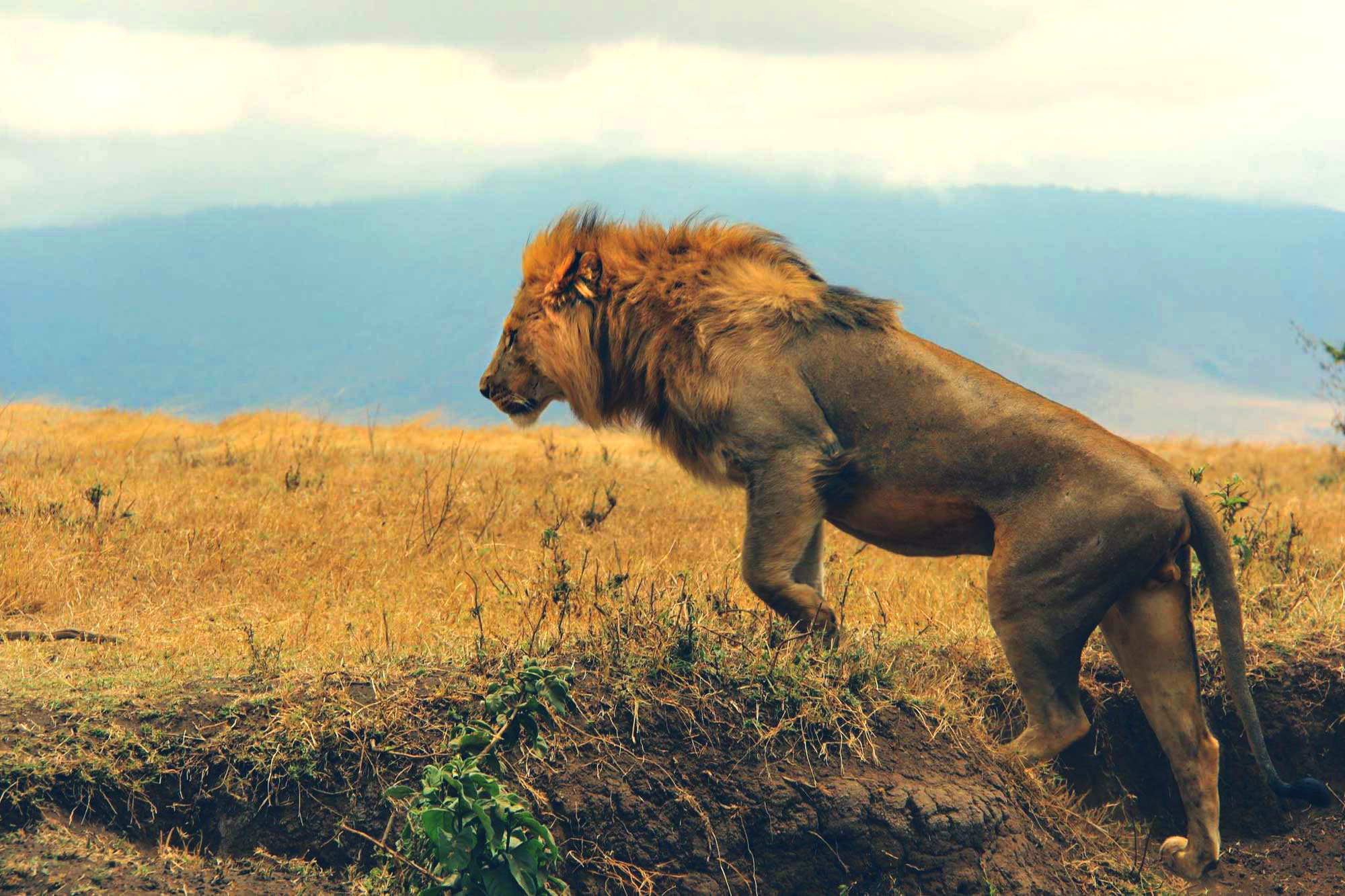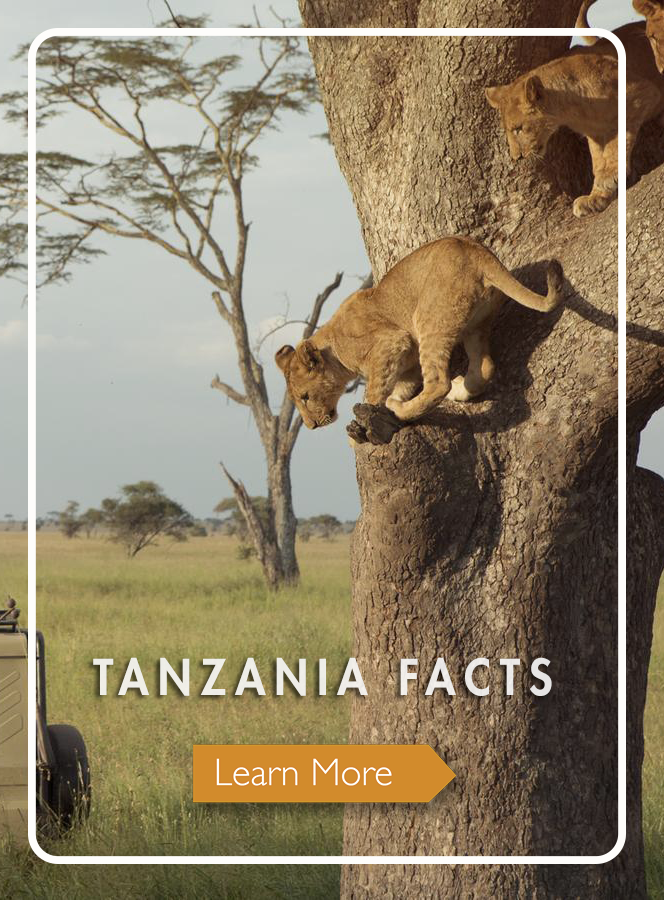
This is probably one of the oldest known continuously inhabited areas on Earth; fossil remains of humans and pre-human hominids have been found dating back over two million years. Tanzania is believed to have been populated by hunter-gatherer communities, probably Cushitic and Khoisan speaking people. About 2000 years ago, it is believed that Bantu-speaking people began to arrive from western Africa in a series of migrations. Later, Nilotic pastoralists arrived, and continued to immigrate into the area through to the 18th century.
Travelers and merchants from the Persian Gulf and Western India have visited the East African coast since early in the first millennium CE. Islam was practised on the Swahili coast as early as the eighth or ninth century CE.
In the late 19th century, Imperial Germany conquered the regions that are now Tanzania (minus Zanzibar), Rwanda, and Burundi, and incorporated them into German East Africa. The post-World War I accords and the League of Nations charter designated the area a British Mandate, except for a small area in the northwest, which was ceded to Belgium and later became Rwanda and Burundi. British rule came to an end in 1961 after a relatively peaceful transition to independence. In 1954, Julius Nyerere transformed an organization into the politically oriented Tanganyika African National Union (TANU).
What To Do in Tanzania ...
Explore African Hawaii - Zanzibar
Zanzibar’s magnificent swathes of palm-backed white sandy beaches make for a wonderful beach getaway. The many resorts (from simple beach cottages to 5-star luxury) offer a range of activities, such as diving, snorkelling and sunset cruises on white-sailed dhows. Fine seafood and a cold sundowner are never far away.
Explore Serengeti
The Serengeti is undoubtedly the most iconic national park in all of Africa, and a safari through the astonishing endless plains is an absolute must on any visit to Tanzania, especially during the famed wildebeest migration (roughly November to May). Close sightings of the Big Five (lion, elephant, buffalo, leopard and rhino) are almost guaranteed.
Trek Mount Kilimanjaro
As the highest mountain in Africa at 5,895m (19,341 ft), Kilimanjaro has tempted avid explorers with its snow-capped peak for decades. Reaching the top is no walk in the park, but anyone of reasonable fitness can do it. Well-organised six-, seven- or eight-day climbs include guides, porters, food and equipment. Watching the sunrise from the summit is an indescribable spectacle.
Explore Lake Manyara National Park
Lake Manyara is easily seen from the road that climbs up the Rift Valley, where safari vehicles stop to gawk at the pink flamingos. Once inside the park, there are tracks through the oasis of lush greenery, with the algae-streaked lake on one side and baobab-strewn cliffs on the other. Manyara is famous for its tree-climbing lions, and elephant are easily spotted too.
Summit Mount Meru
The lower slopes of Mount Meru (4566m/14980ft) in Arusha National Park are one of the most easily accessible places to spot buffalo, giraffe, black and white colobus monkey and warthog. The three-day trek to the summit of the striking mountain is an equally challenging and cheaper option than climbing Kilimanjaro, though far less popular.
See The Great Migration
The endless plains of the Serengeti come to life in the early hours of dawn. The annual migration of some two million wildebeest followed by their predators, roughly from November to May, is the best time to hitch a ride.
Explore Ngorongoro Crater
At 610m (2,000 ft) deep, 20km (12.5 miles) wide, the Ngorongoro Crater is the largest intact caldera in the world. Another of Tanzania’s UNESCO World Heritage Sites, the crater is packed with almost every species of African plains mammal including the densest lion population in Africa.
Explore Stone Town at Zanzibar
Zanzibar's Stone Town was the hub of the ancient spice trade, and once served as the maritime metropolis of East Africa, variously ruled by Shirazi Persians, the Portuguese, the Omani Arabs and British. Today, this UNESCO World Heritage Site remains a labyrinth of narrow, winding streets lined with exotic shops, bazaars, colonial mansions, mosques and squares.

